жЬ®жЫЬжЧ•, 3жЬИ 31st, 2011...2:04 PM
Ise Jingu – The Holy Place
Reading time: About 4 minutes
Ise Jingu – The Holy PlaceIse Jingu (Ise Shrine) has sustained its ancient appearance for more than 200 years. The destruction of natural environment inside the precincts has been prohibited in order to preserve its mystic atmosphere, and visitors will feel a different tension of the air from that of outside the shrine.
According to legend, the advent of Ise Jingu started when the princess Yamatohimenomikoto arrived at the Isuzu River and decided to stay here at this beautiful place.
Ise Jingu is comprised of its Inner Shrine on the upper reaches of the Isuzu River and its Outer Shrine near Iseshi Station. The distance between the two shrines is approximately 5 km, and therefore you should take a bus or taxi to get to one place from the other.
It would take 20 minutes to get to the Inner Shrine from either Iseshi Station or Uji Yamada Station. The wooden bridge built over the Isuzu River is the entrance of the shrine.
The Ujihashi Torii is the border that separates the holy place from the secular world.
Crossing the beautiful bridge made of Japanese cypress.
Walking on the approach of pebbles, you will find some amazing pine trees on the right side.
You can purify your body and soul at temizuya (Shinto water ablution pavilion) before you worship.
Passing through the first torii.
Originally, visitors should purify themselves at the Isuzu River, but the water was muddy that day due to construction on the river. Therefore, the visitors purified themselves at temizuya.
Then I passed through the second torii.
After crossing a small bridge, you will find kazahinominomiya, a small shrine that worships the god of wind. Tradition says that it blew the kamikaze (divine winds) to protect Japan from the Mongolian invasion during the Kamakura period.
Walking along the approach, you will be impressed by these old Japanese cedar trees. Inside the Inner Shrine, keep to the right when you walk. Be calm and peaceful when you pray before the altar.
Then I arrived in front of the stairway to the main shrine.
Taking photos is only allowed before the stairway.
The main shrine worships Amaterasu Ohmikami. This goddess has been paid a lot of respect as the top deity reigning over all the gods of heaven and earth. I felt a strong atmosphere of sacredness in the main shrine, something different from other shrines that I had visited before. Time flew as if the time had stopped. I prayed before the altar while sensing the calmness of a different world.
After praying, I headed for another small shrine called Aramatsurinomiya. Aramatsuri is said to refer to a special state of mind of Shinto deities.
You can see the big Japanese cedar tree in the middle of the stone steps. This tree has been reared for more than 250 years by Ise Jingu, which teaches not to kill anything thoughtlessly.
Then I headed for the Outer Shrine stopping by at Oharaimachi and Okage Yokocho on the way. It would take 5 minutes on foot to get to the Outer Shrine from Iseshi Station. The Outer Shrine is said to have originated when people accepted and started worshiping Toyoukeno Ohkami 500 years after the enshrinement of the Inner Shrine.
Crossing the bridge to the front approach is the start of a journey to the Outer Shrine.
The first torii stands on the gate to the front approach.
You will find the main shrine after passing through the second torii.
The Outer Shrine is large enough to finish seeing around in 30 minutes or so, compared to the Inner Shrine. The main shrine of the Outer Shrine is in the same form as that of the Inner Shrine.
I also paid a visit to other three small shrines: Tsuchinomiya, Taganomiya, and Kazenomiya.
Tsuchinomiya worships the god of landlords, protecting the precincts of the Outer Shrine.
Taganomiya is said to assist you when you are taking up a challenge.
Kazenomiya worships the god of the elements.
Ise Jingu is open from four in the morning during summer and from five during winter. It is recommended to come and pray in the morning if you would like to enjoy the mystic atmosphere with a morning mist or to avoid crowds.









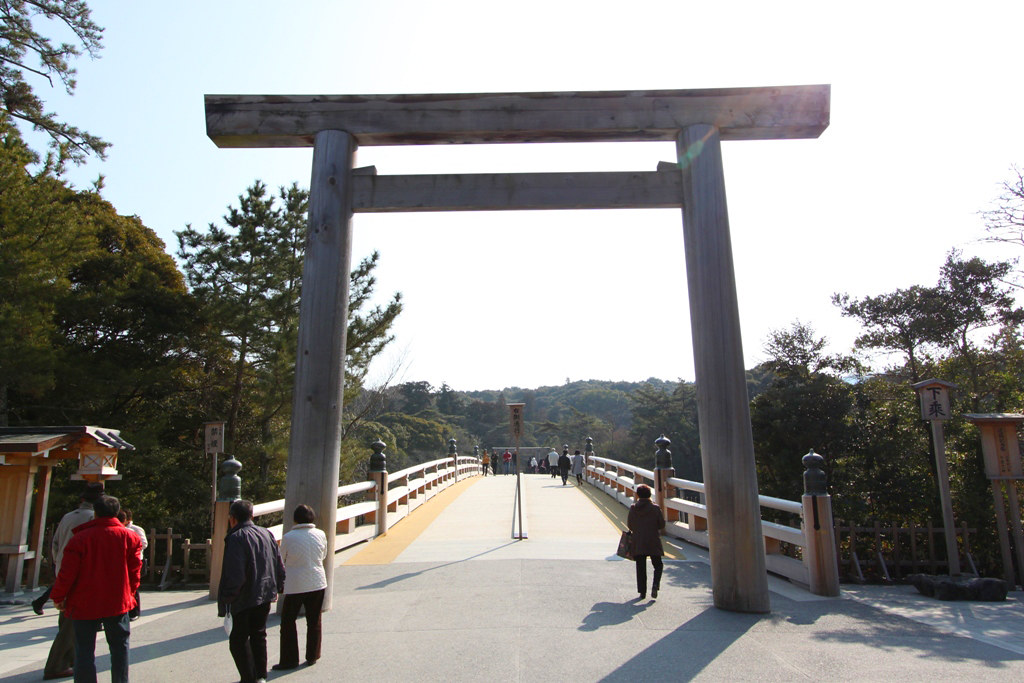
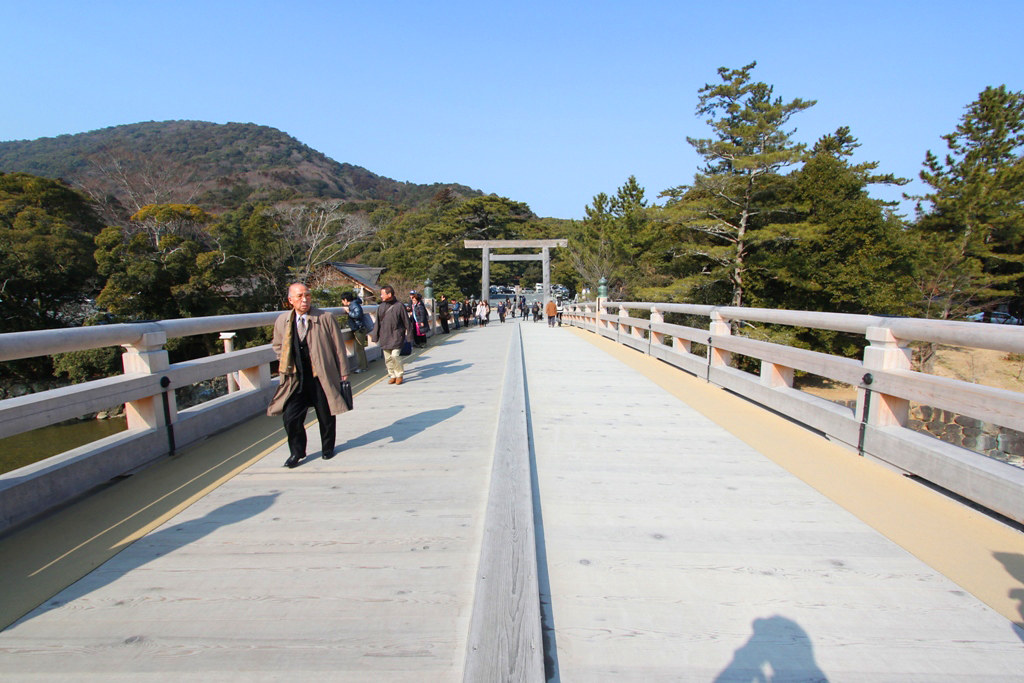

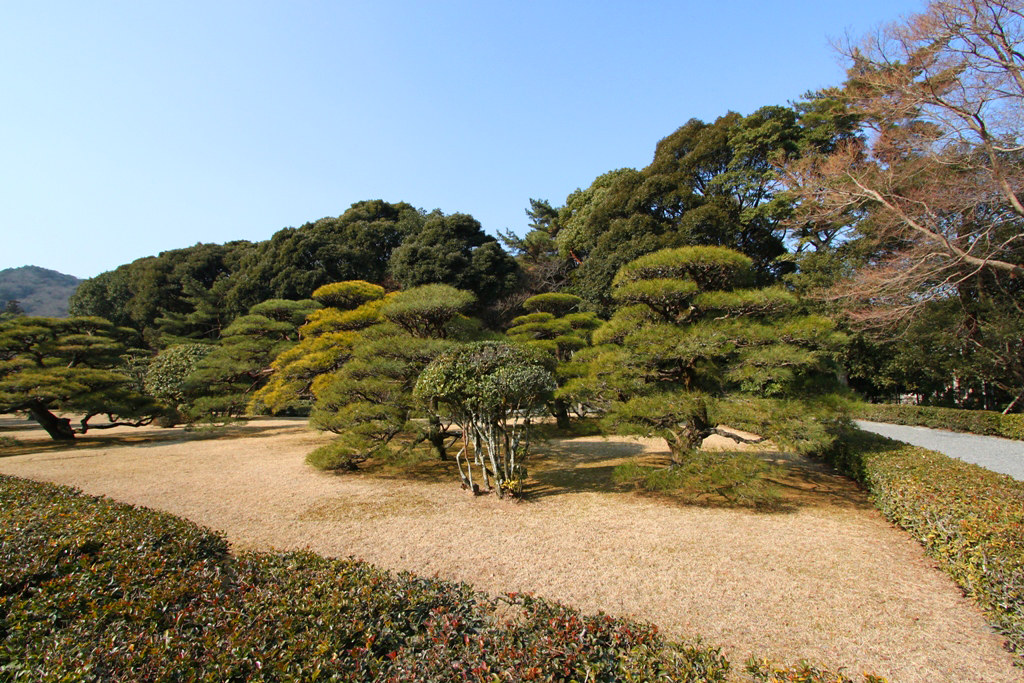
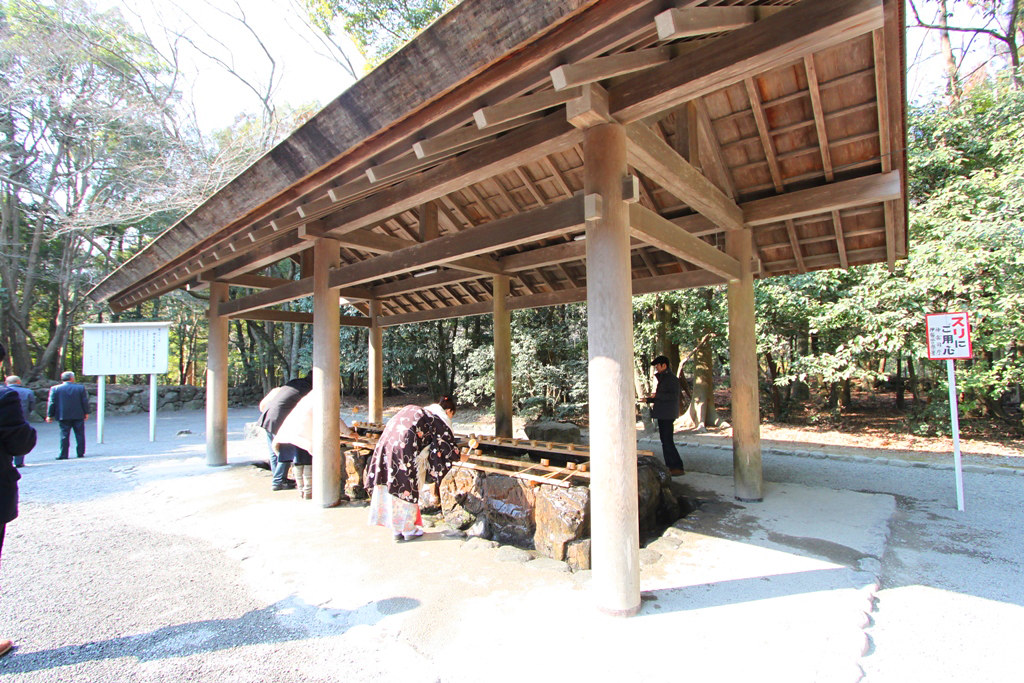
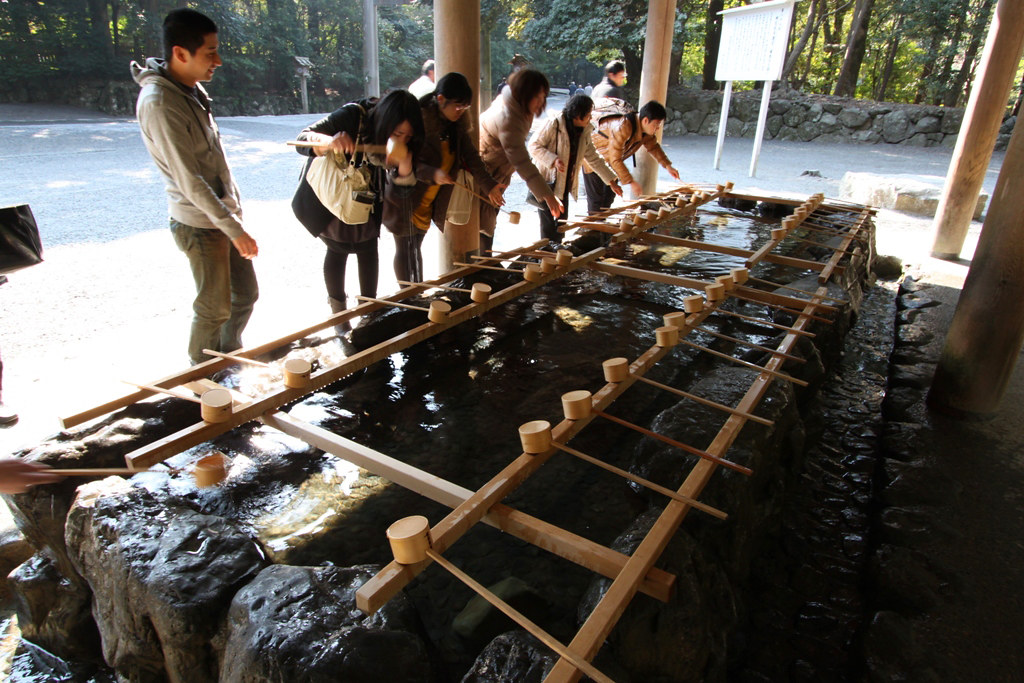
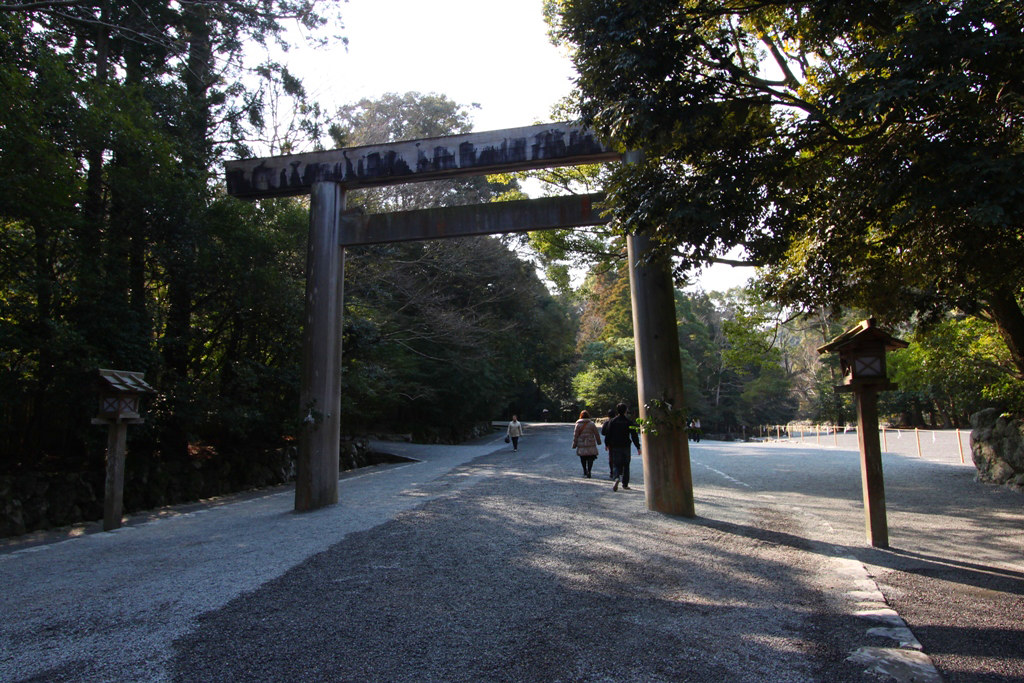
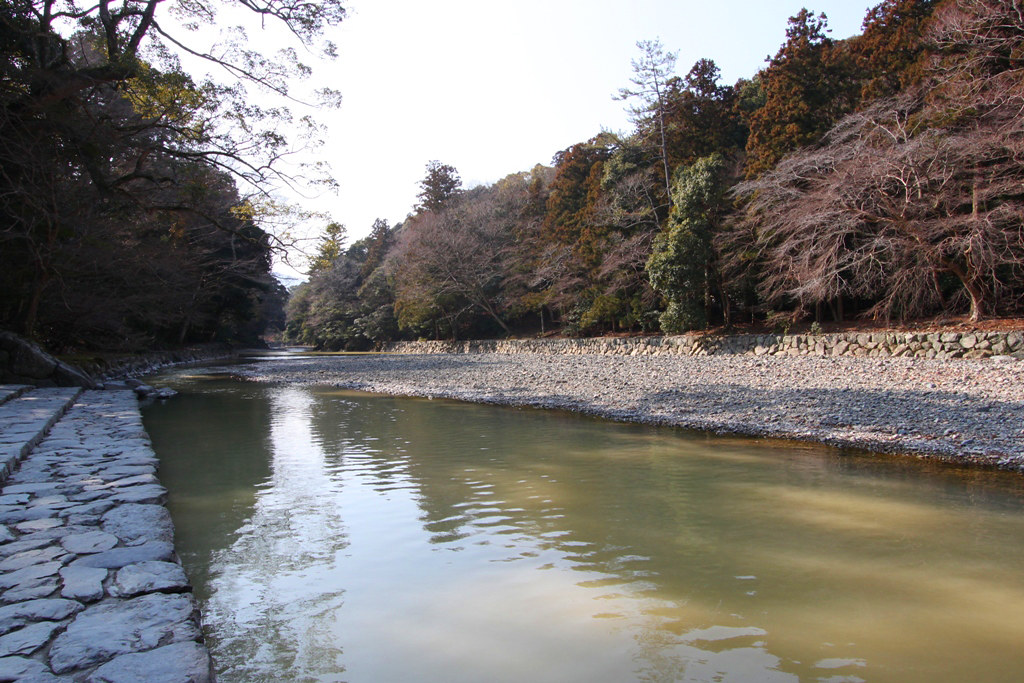

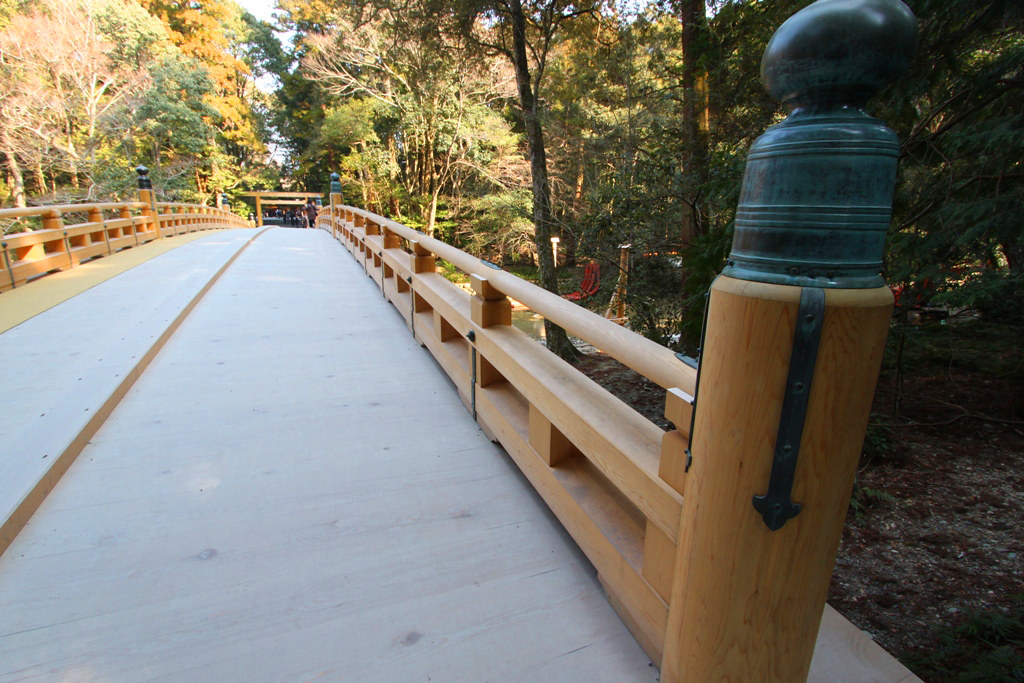
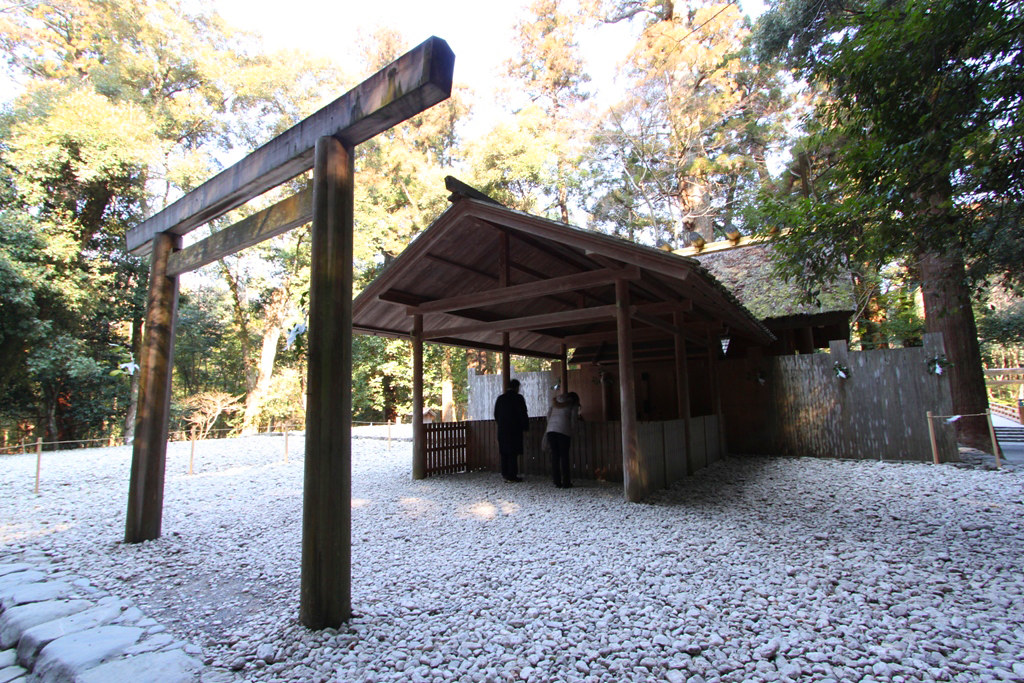
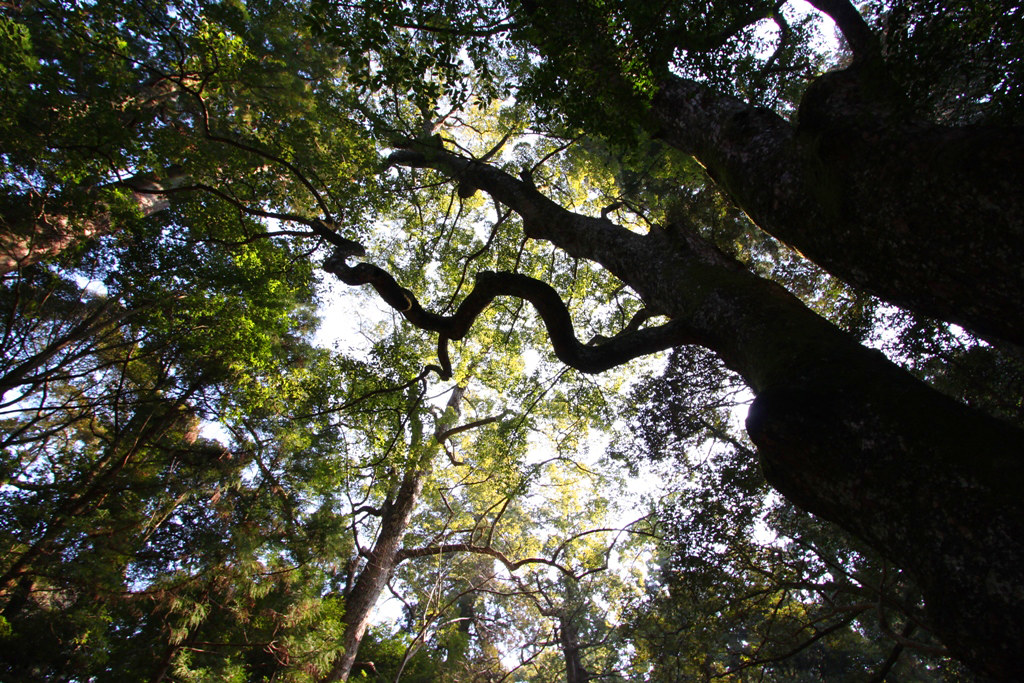
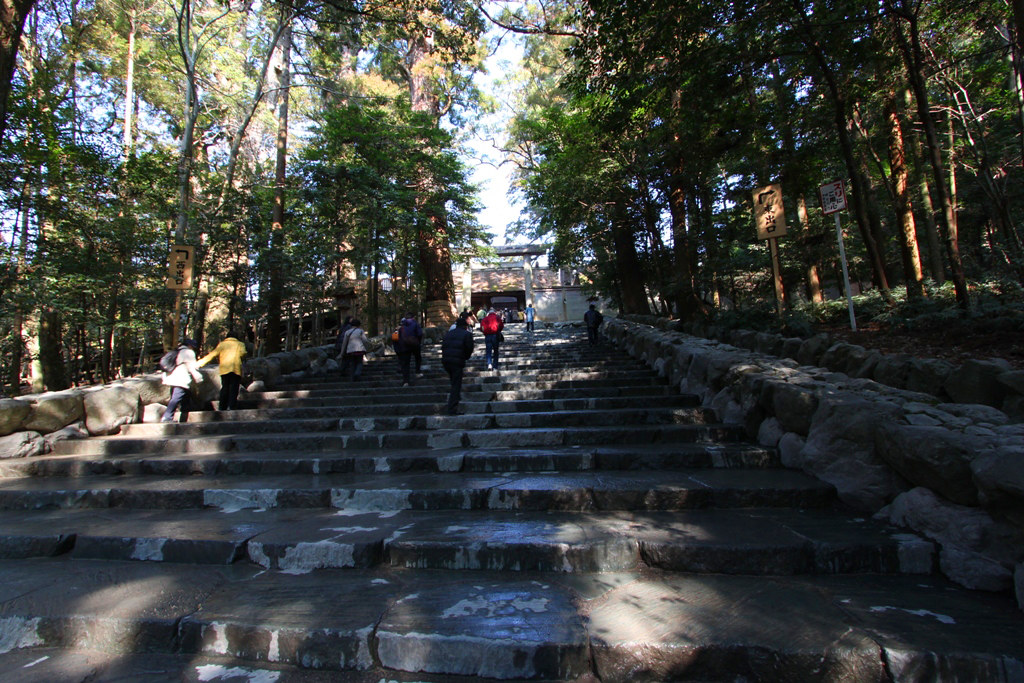
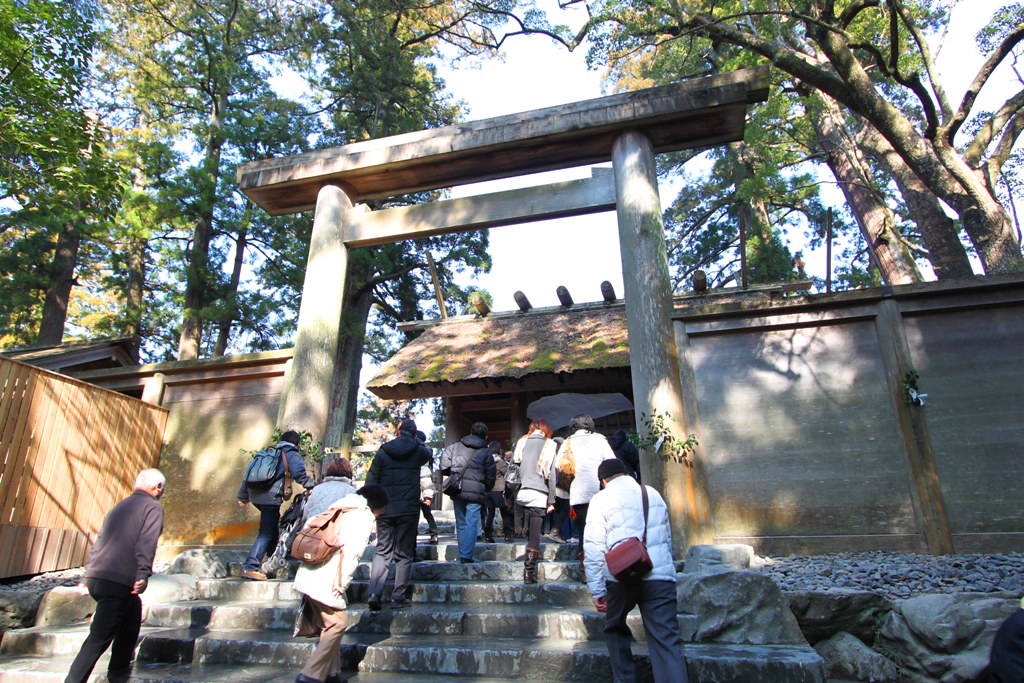
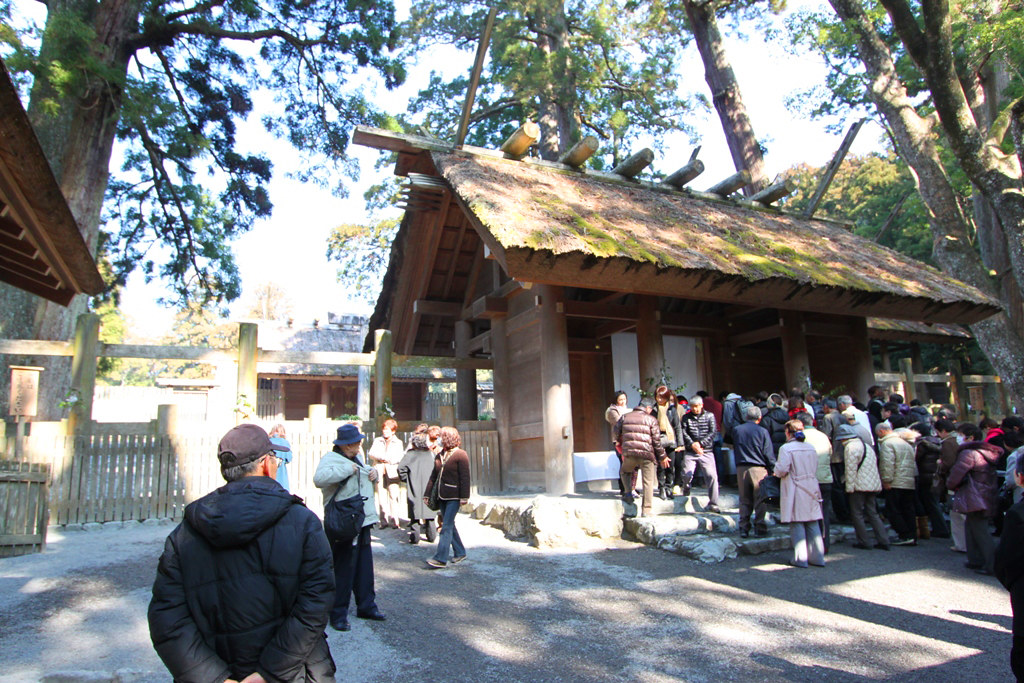
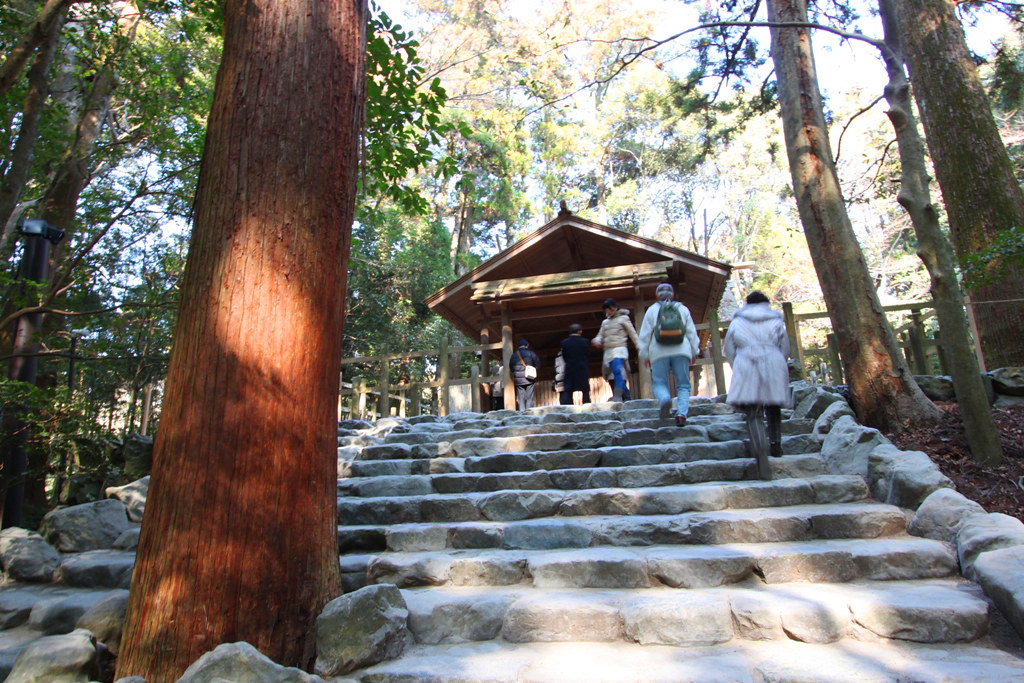
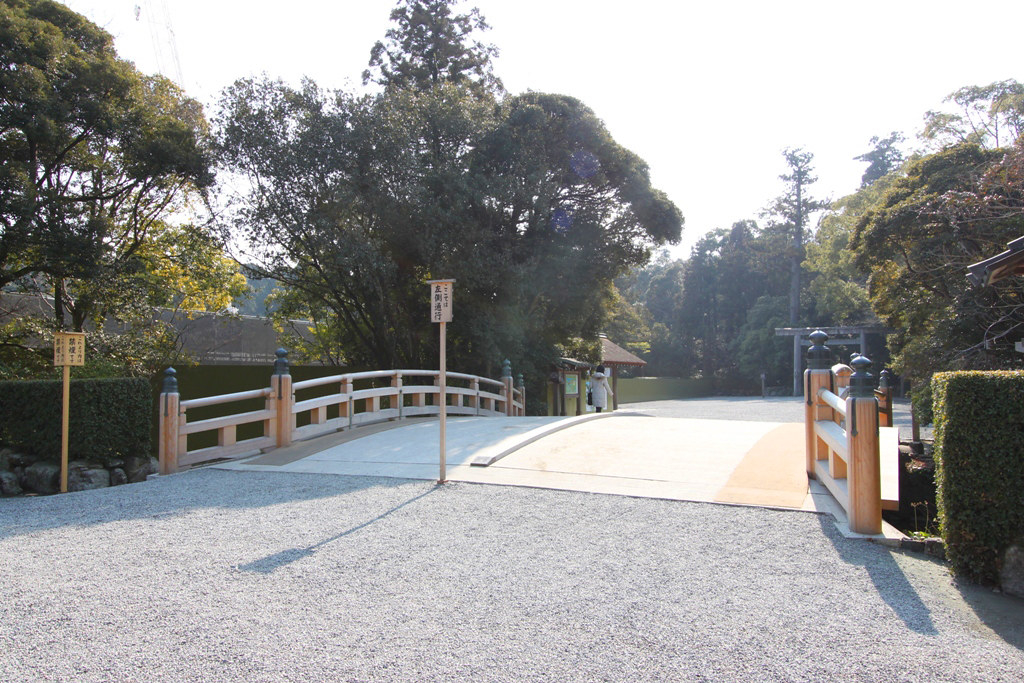

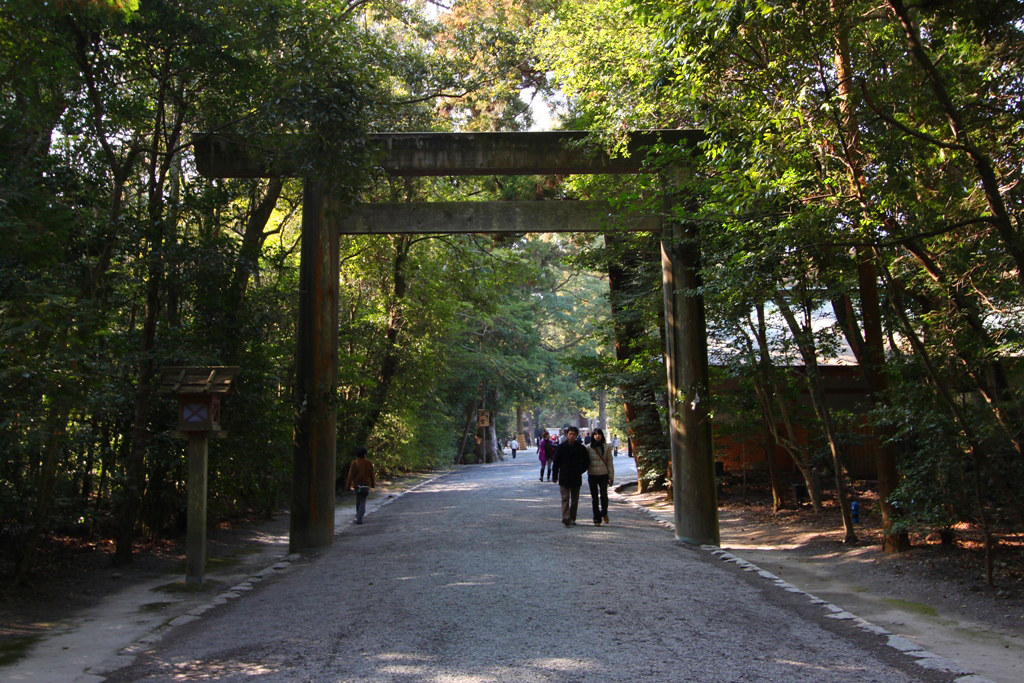
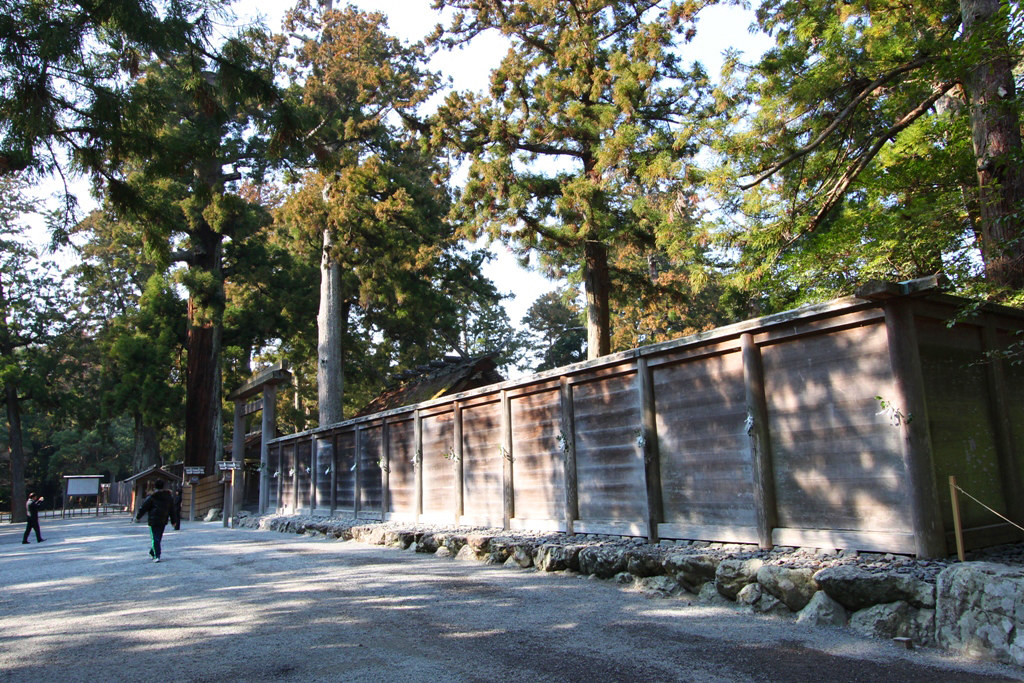
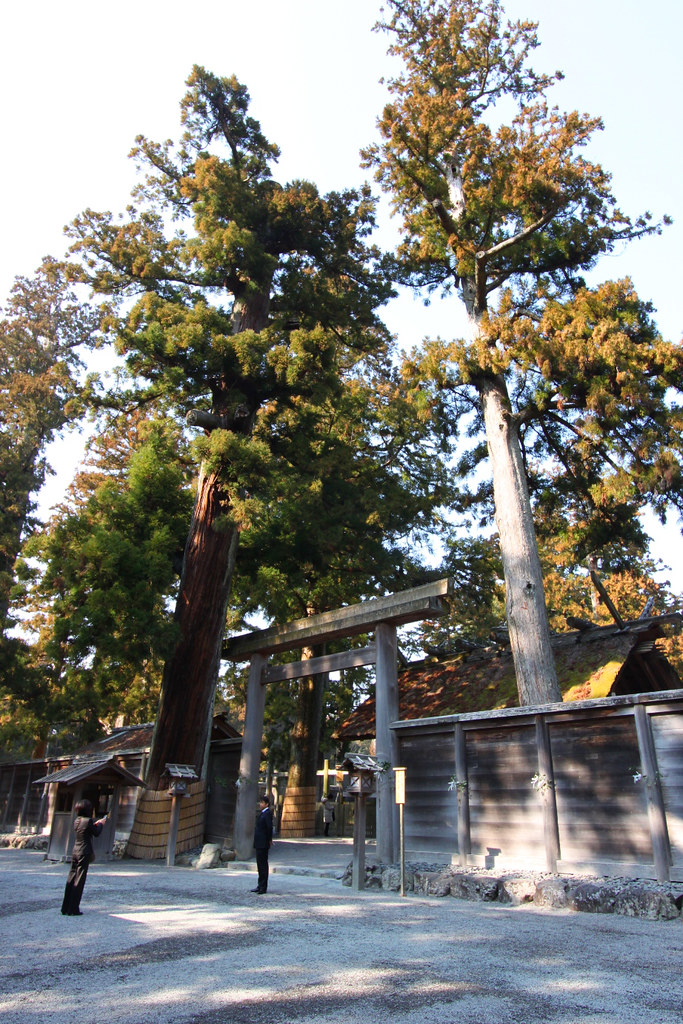

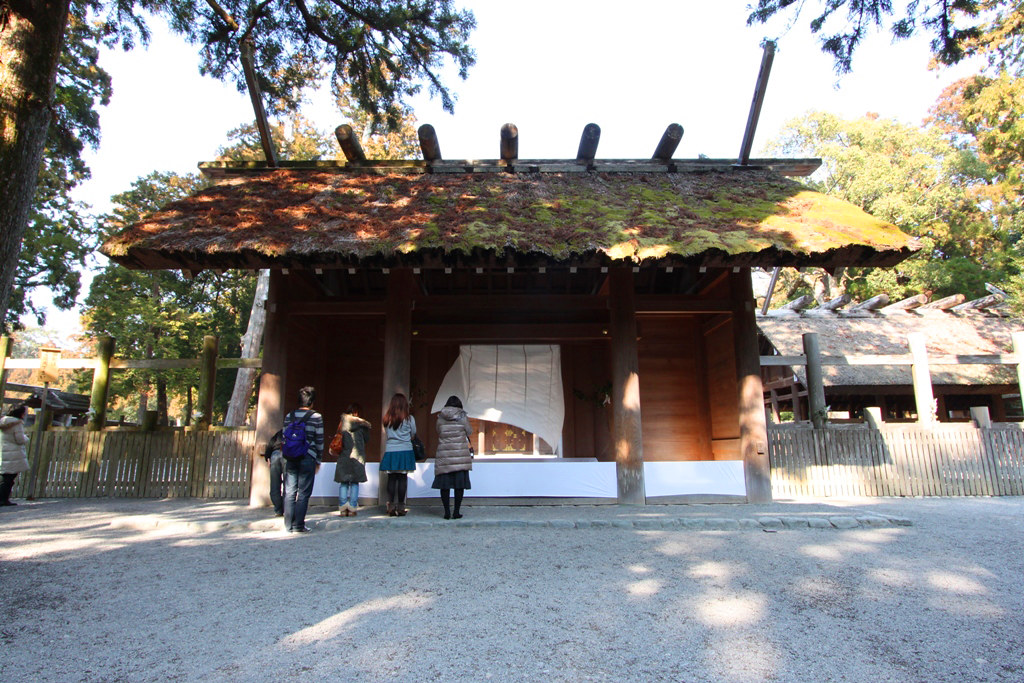
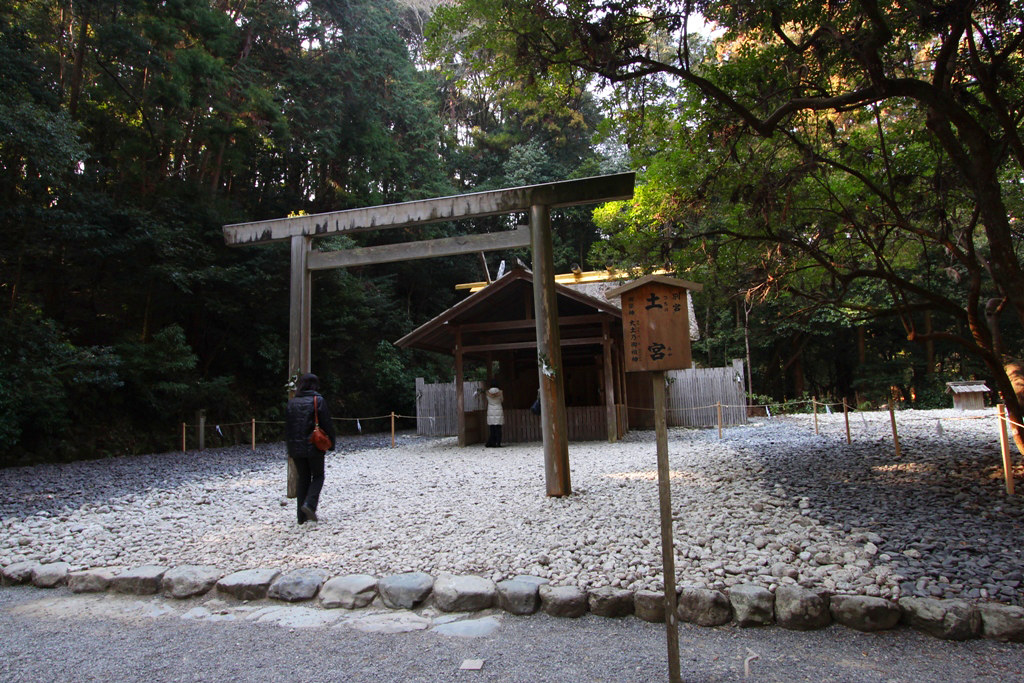
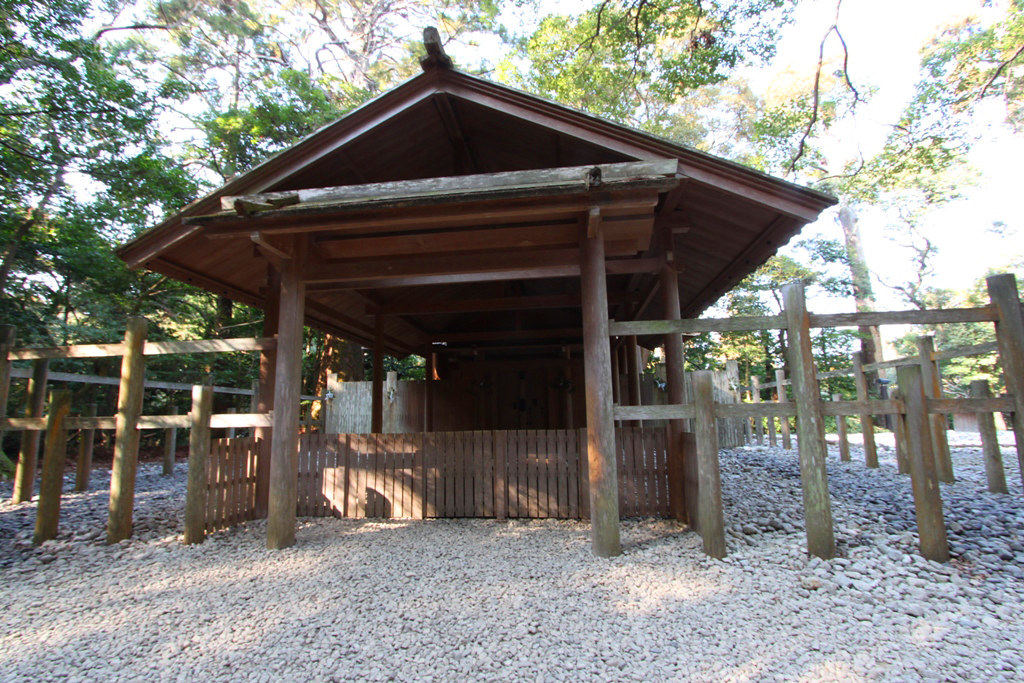
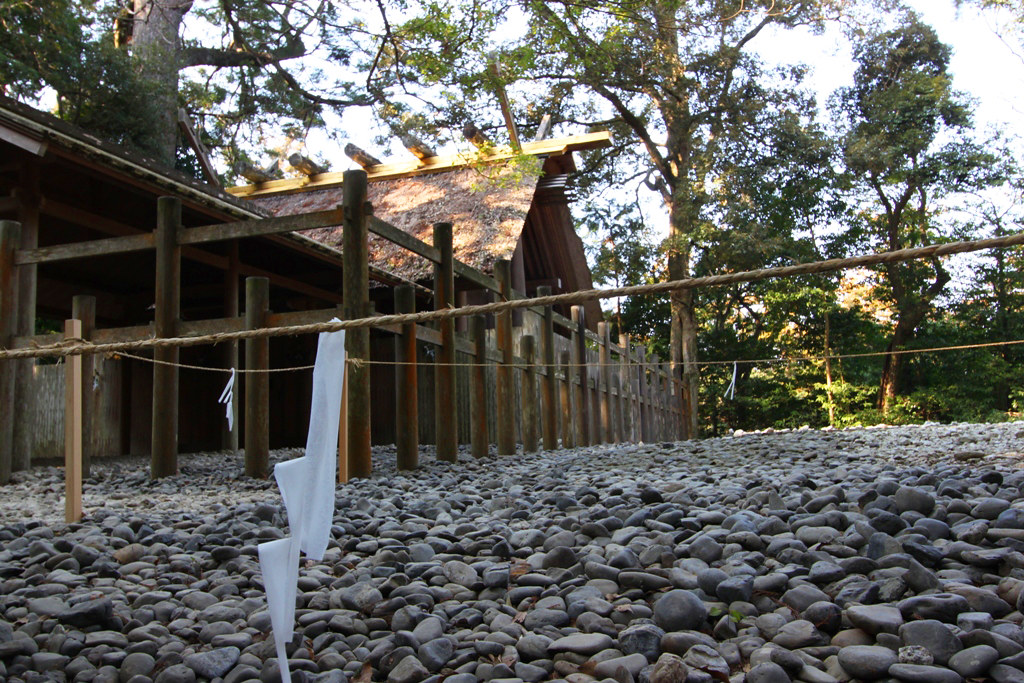












1 Comment
3жЬИ 31st, 2011 at 2:23 PM
Wonderful place! I enjoyed being reminded of my visit there.
Leave a Reply